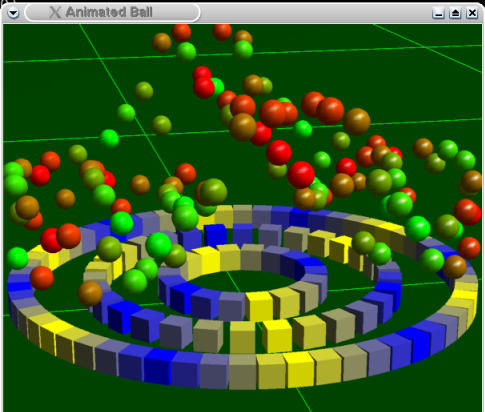Overview for Prospective Students
Details
Modelling Motion is a 2-quarter full-time (16 credit hour) program offered Winter and Spring quarters, 2004. The program is presented by David McAvity and Barry Tolnas. The program is equivalent to a comination of traditional introductory courses in physics, calculus, and computer science. Credit will be awarded in each of these three disciplines. It will consist of separate lecture/seminars and hands-on lab and workshop sessions in each of these disciplines but an integrated approach is taken.
What the course is about
In this program we will begin the process of understanding the underlying order of the physical world by modeling physical systems using both the analytical tools of calculus and the numerical tools provided by digital computers. What makes objects in motion behave the way they do? While its clear from everyday experience that objects fall when dropped because of gravity, how can we quantify that so we can use our understanding of it to predict how fast it will go or how hard it will hit the ground? How do we measure speed and acceleration and how can use that information to predict a moving object's future path? How do gravity, friction, and other forces like electric or magnetic fields influence moving objects? This program will give students the opportunity to develop the knowledge and skills necessary to answer these questions. In the process we will study a number of topics in physics, calculus and computer science as outlined in the syllabus and learn a number of new skills, new tools and most importantly, new ways of thinking about and seeing the world. Students will use their ever-expanding understanding of the physics of motion, and the mathematics used to describe it to make computer models that simulate the behavior of matter in motion.
Some examples
The picture below shows one frame of an interactive simulation of a group of balls bouncing off of the cubes arranged in concentric rings. Math techniques and an understanding of the effects of gravity on objects with a given mass are required to compute the position of each ball in the next animation frame. All of the math and physics is encoded in the form of a computer program which draws each frame, performs all of the computations to compute the next position of each ball and draw the next frame. The program that produced this example was written in the computer language Python.

An animated example showing a similar two dimensional simulation of balls bouncing under the influence of gravity can be viewed here:HERE on a browser capable of viewing Java applets.